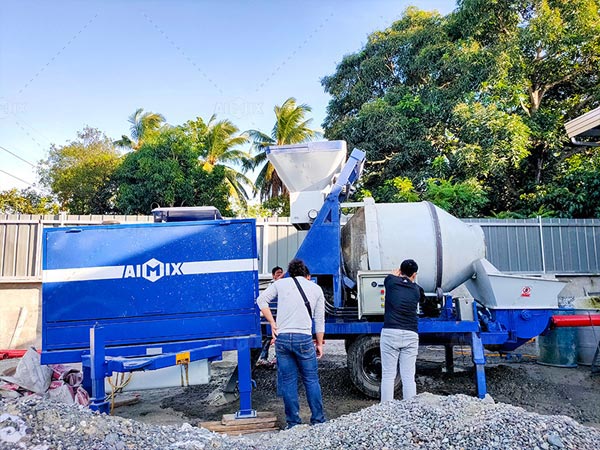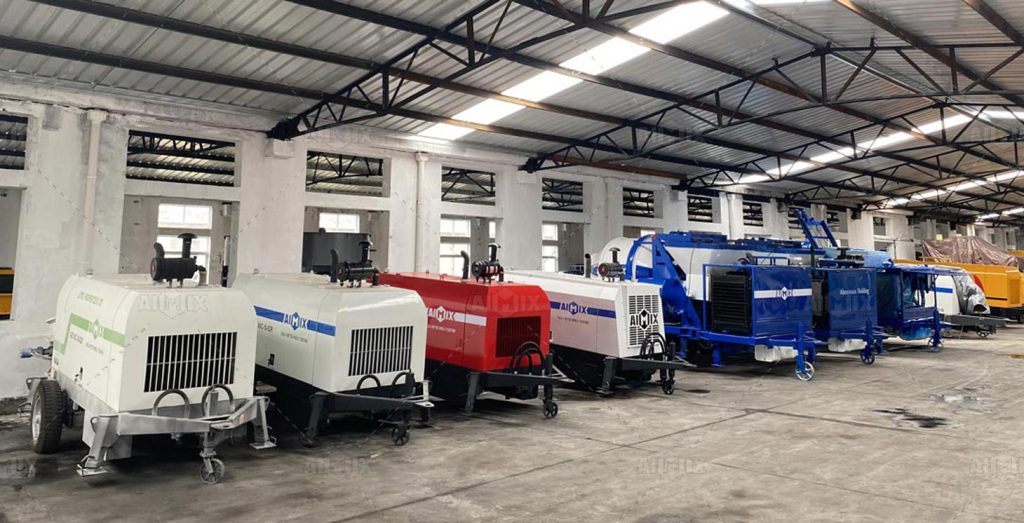When it comes to concrete pumping, factors such as pumping distance and vertical rise play a crucial role in determining the selection of pumping equipment and the overall pumping process. Understanding how these variables impact the operation is essential for ensuring efficiency and effectiveness in concrete placement.
Concrete pumping is a sophisticated process that involves transporting liquid concrete through a system of pipes and hoses to the desired location on a construction site. The distance over which the concrete needs to be pumped and the vertical height it needs to reach are two critical factors that directly influence the selection of pumping equipment and the pumping process.
Impact of Pumping Distance
The pumping distance, or the length of the pipeline through which the concrete must travel, is a key consideration in the selection of pumping concrete machine. Longer pumping distances require pumps with higher pumping capacities and greater pressure capabilities to maintain the flow of concrete over extended distances without compromising its quality.

Concrete mixtures can experience pressure loss and frictional resistance as they travel through the pipeline, particularly over longer distances. Therefore, pumps with higher horsepower and larger diameter pipelines are often preferred for projects that involve pumping concrete over considerable distances.
Additionally, the pumping distance also influences the choice of pumping method. For example, projects with shorter pumping distances may utilize concrete mixer pump, which are more maneuverable and suitable for smaller-scale concrete placement tasks. In contrast, projects with longer pumping distances may require boom pumps, which offer greater reach and flexibility.
Effect of Vertical Rise
Vertical rise refers to the height difference between the pump and the point of concrete placement. The vertical rise significantly impacts the selection of pumping equipment and the pumping process, as it determines the pumping pressure required to lift the concrete to the desired elevation.

As the vertical rise increases, the pumping pressure needed to overcome gravity and push the concrete upward also increases. Therefore, pumps with higher pressure capabilities are necessary for projects that involve pumping concrete to elevated locations, such as high-rise buildings or multi-level structures. Learn more info about the pumping details: https://concretemixerwithpump.com/boom-concrete-pump/.
In addition to the pumping pressure, the vertical rise also affects the choice of pumping method and equipment configuration. For instance, projects with significant vertical rises may require the use of specialized equipment, such as placing booms or separate placing systems, to facilitate efficient concrete placement at elevated heights.
Considerations for Equipment Selection and Pumping Process
When selecting pumping equipment and designing the pumping process, several factors related to pumping distance and vertical rise must be carefully considered. These include the specific requirements of the project, the characteristics of the concrete mixture, and the logistical constraints of the construction site.
It is essential to conduct thorough planning and analysis to determine the most suitable pumping equipment and methods for the project’s unique requirements. Collaboration between concrete suppliers, pumping contractors, and project stakeholders can help ensure that the chosen equipment and pumping process align with the project objectives and specifications.
Furthermore, regular maintenance and inspection of pumping equipment are crucial for optimizing performance and preventing downtime during the pumping process. Proper maintenance practices, such as cleaning the pipeline and lubricating moving parts, can help extend the lifespan of the portable cement pumps and minimize the risk of costly repairs or breakdowns.
In conclusion, pumping distance and vertical rise are critical factors that influence the selection of pumping equipment and the pumping process in concrete placement operations. By understanding the impact of these variables and considering them during the equipment selection and planning stages, construction professionals can ensure efficient and effective concrete pumping operations, ultimately contributing to the success of the project.